Reportar esta entrada
Más sobre la misma comunidad-colección
Mapa turístico de El Paso y Juarez
A vintage map of two great city's El Paso and Juarez. This map ...
Graduados de la secundaria Cathedral 1939
Cathedral High El Paso Texas, Grads 1939, Oscar H. Diaz '39,Raul ...
Graduados de la secundaria Cathedral '39-41
Cathedral High Grads Frank J. Lyons 1939 El Paso Texas. Ensign ...
Graduados de la secundaria Cathedral 1940
Cathedral High grads 1940 Alfredo T. Muela, Jose J. Ortiz, '40, ...
Graduados de la secundaria Cathedral 1940
Cathedral High Grads 1940, Earl L. Brown '40, Eldridge D. ...
Bird Dogs - El Paso, Texas - 2017
Bird Dogs - El Paso, Texas - 2017 Oh how special, Gino Forti, ...
Thomas McKay con estudiantes - El Paso, Texas - 2017
Thomas McKay With Students - El Paso, Texas - 2017 Tom McKay ...
Reunión LQVQ de la Escuela Secundaria de la Catedral en 2016
From left to right; LQVQ President David Saucedo Sn., Catholic ...
Locomotora G.M.: St. Louis & Southwestern R.R. - 1944
G.M. Locomotive: St. Louis & Southwestern R.R. - 1944 On ...
Reverendo R. O'Laughran, Chancellor, Catholic Diocese of El Paso Texas
Rev. R. O'laughran, Chancellor
Hermanos cristianos, hermano John y hermano Emile - 1925
Christian Brothers, Brother John & Brother Emile - 1925
Hermanos cristianos, hermano N. Regis y hermano Victor - 1925
Christian Brothers, Brother N. Regis & Brother Victor - 1925
Hermanos cristianos, hermano Albert y hermano Peter - 1925
Christian Brothers, Brother Albert & Brother Peter - 1925
Graduados de la secundaria Cathedral 1939
Cathedral High Grads El Paso Texas-1939 - Joseph Longnecker, ...
Graduados de la secundaria Cathedral 1940
Cathedral High Grads 1940 - Frank V. Garcia, J. Victor Drusina, ...
Graduados de la secundaria Cathedral 1940
Cathedral High El Paso Texas Grads 1940 - Alfredo T. Muela, ...
Graduados de la secundaria Cathedral 1940
Cathedral High Grads 1940 - Roberto J. Galvan, Rafael Ramirez F. ...

















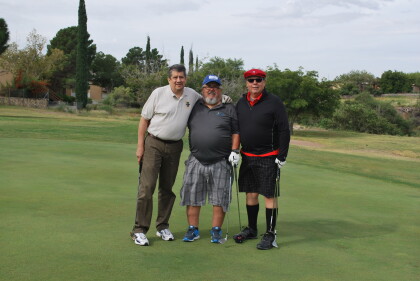
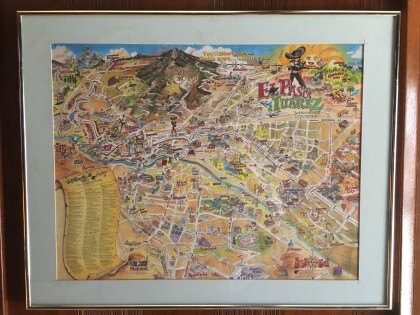
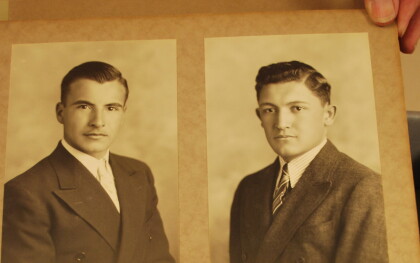
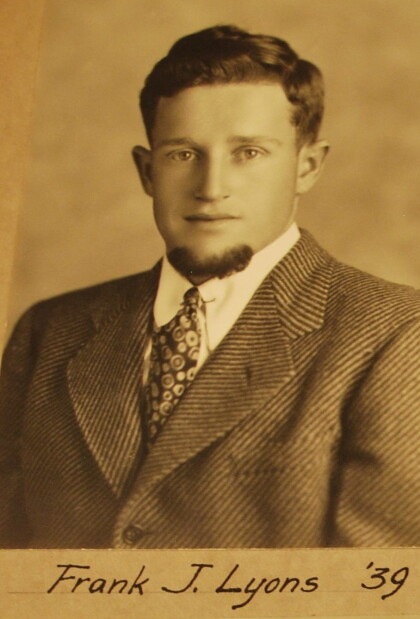
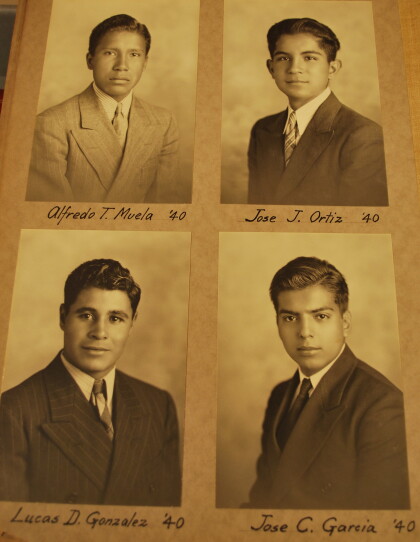
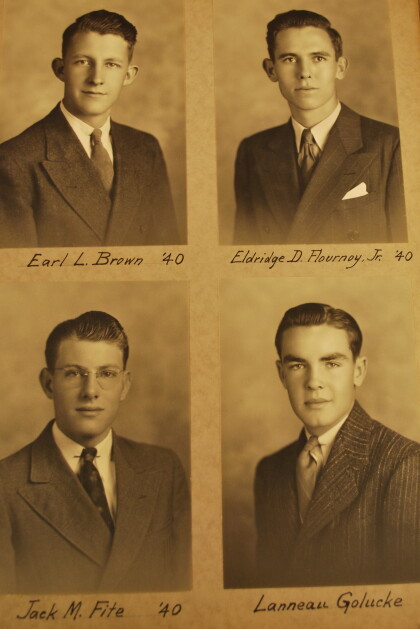
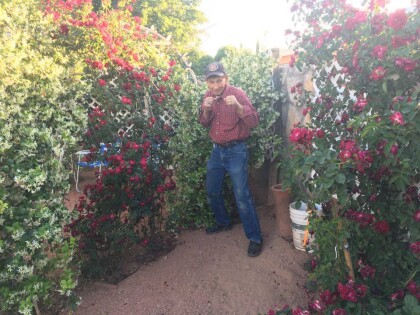

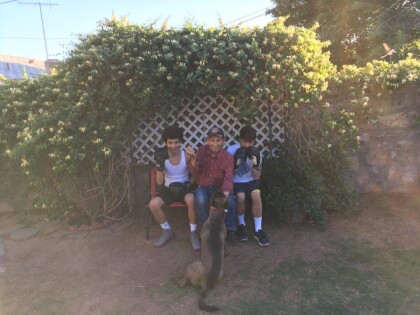

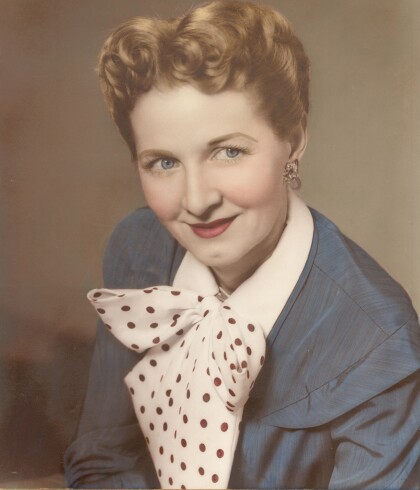
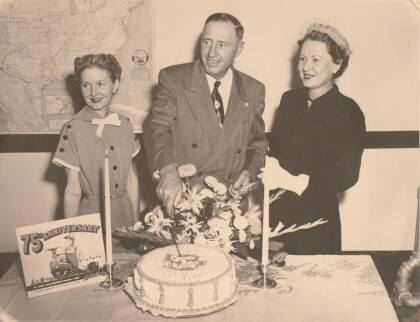
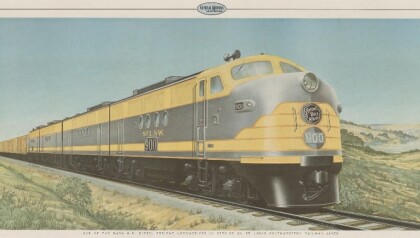
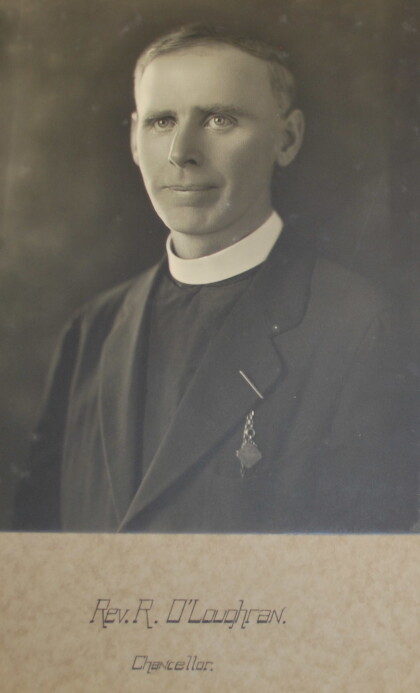
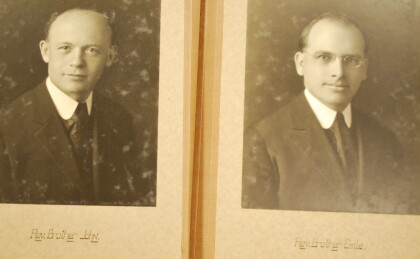
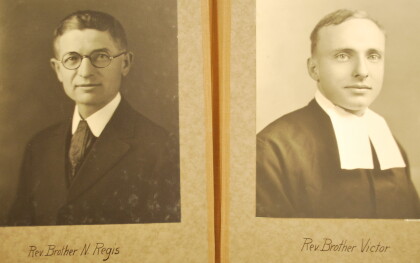
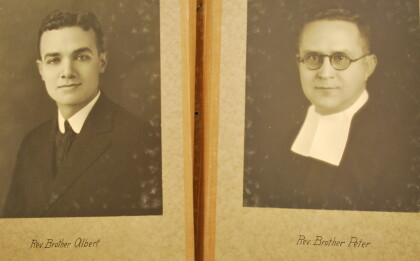
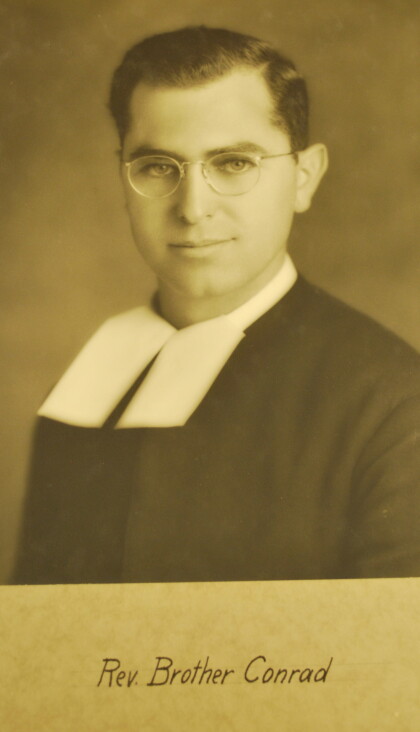
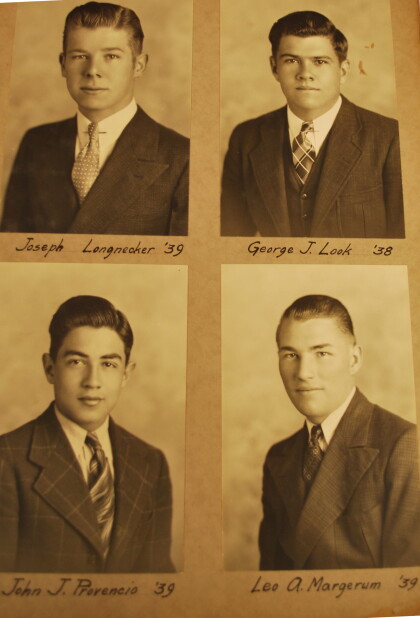
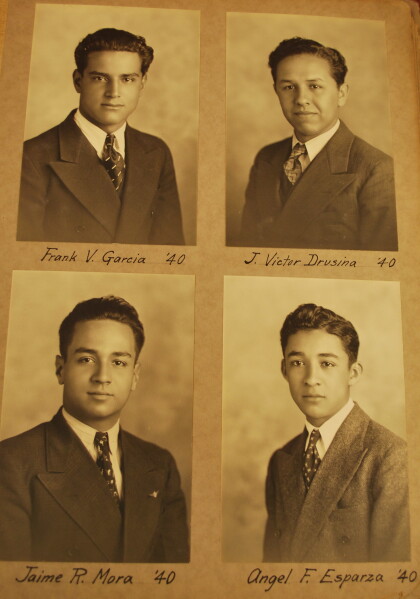
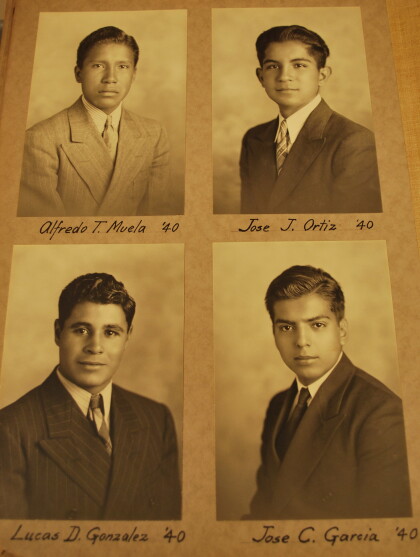
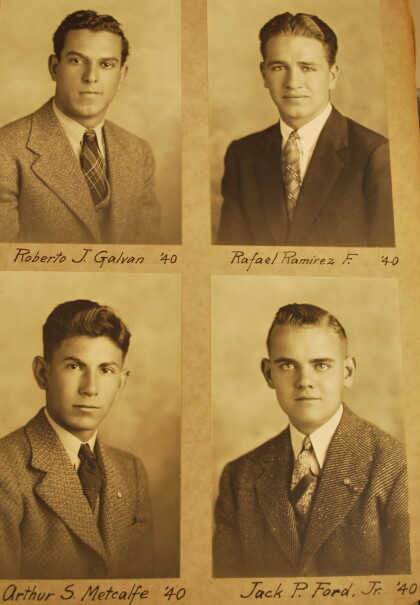
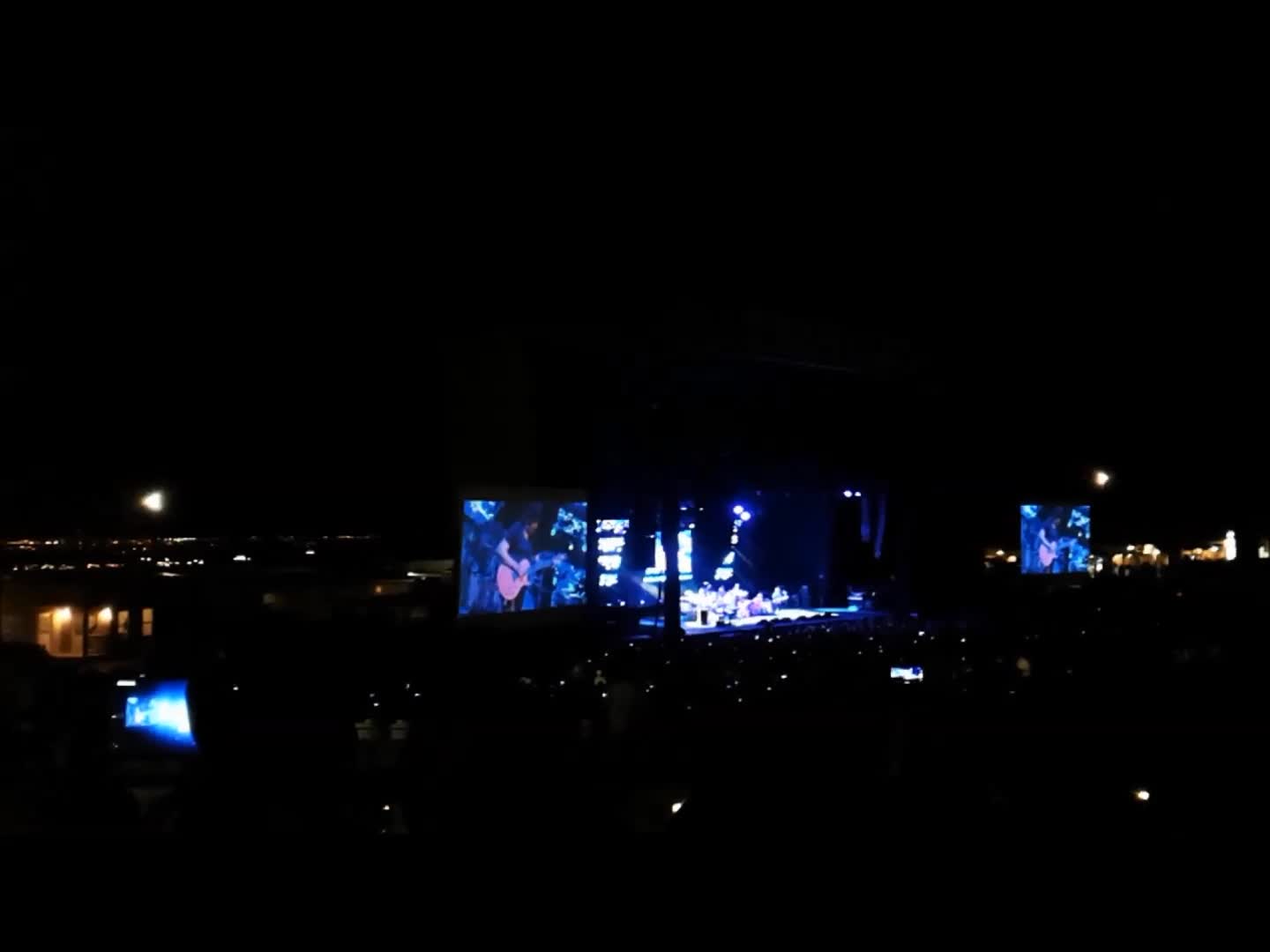
Comentarios
Hacer un comentario